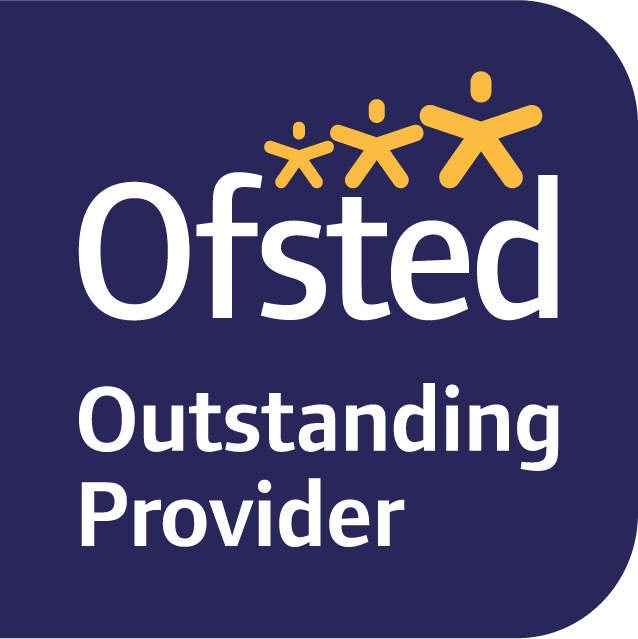Computing
Children are living in a world where technology has completely changed virtually every aspect of our society over the past few decades, from the way we work to the way we socialise and everything in between. We teach computing to prepare children for living in a world where children encountering technology is an inevitability. Our teaching of computing equips children to use creativity and logical thinking to help better understand the world they live in, whilst also recognising the positive impact they can make.
The computing curriculum has three main areas:
- The core of computing is Computer Science. Pupils are taught the principles of how computers and computer systems work and how they are designed and programmed.
- Through Information Technology, pupils are taught the purposeful use of existing programs to develop products and solutions. This includes collecting, analysing, evaluating and presenting data and information.
- Digital Literacy refers to the skills, knowledge and understanding children need to use and develop their ideas through technology and to participate fully in a digital world.
The teaching of computing:
Skills in computing are developed in two ways:
- discrete teaching: the precise teaching of computing skills such as programming, information processing, data handling and the storing, sorting and retrieval of information
- application: this is the crucial part where children use their understanding to demonstrate their computing learning outside of their computing lessons. This encourages children to think of computing as a tool by which to serve them in their general lives, rather than a series of isolated skills
From Year 2, each class uses Google Chromebooks, complete with the most up to date software and applications. The mobile nature of these devices enables computing learning to thrive both in and outside of the classroom. To enable children to develop their skills, computing is planned across the year group’s curriculum e.g. the creation of graphs in science experiments; the creation of drama through video in English; the use of research to further deepen their understanding of history.
It is crucial that the children at St Dunstan’s learn to balance the benefits offered by technology with a critical awareness of their own and other’s online behaviour, and develop effective strategies for staying safe and making a positive contribution online. Therefore we have a clearly planned curriculum for Online Safety which is taught alongside computing and as part of the RHE curriculum. The Online Safety curriculum aims to support and broaden the children’s knowledge and skills so that it is empowering, builds resilience and effects a positive culture change.
Computing Overview of Learning
Online Safety


